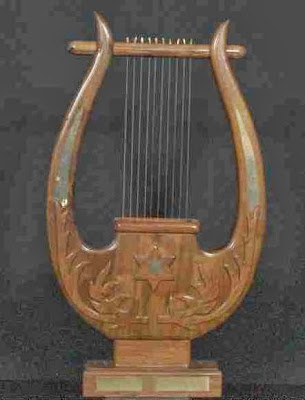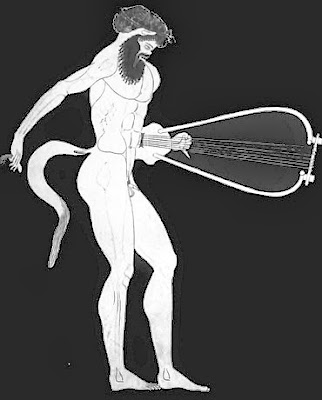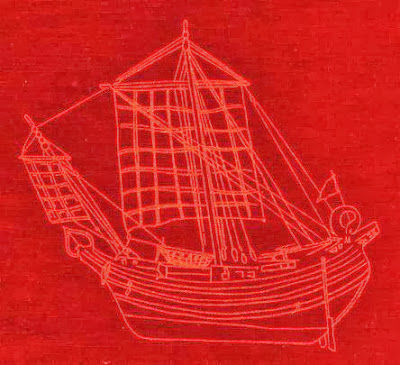Few of the Toraja people follow the ancestral animist belief which has three levels. The sky being the upper level which is ruled by the supreme god Puang Matua, creator of the people, plants and animals, while the land is the intermediary level and the underground, the place of the spirits, death and darkness. Their funeral ceremony takes place nine days after the first ceremony or later or even after several months in order to raise necessary funds for the funeral ceremony. The dead in the meanwhile are placed inside the house and the body is not placed in the tomb resulting in his soul searching for its way. When the funeral rites are restarted and the dead is put in a coffin, it must not touch the ground and hence it is carried on a hearse similar to a Toraja house through fields and rice paddies amidst sound of gong in the vast field of Ma’Palolo. The ceremony takes place in the day called `towards the tomb’, and the dead leave the field where the coffin located on the hearse is carried on the shoulders of the men. This being the last journey, the procession is accompanied by singing, reaching the funeral promenade which is a large rock in which the sepulcher of the families are carved and ascend is through large ladder made of tall bamboo stem with notches.
Thereafter the people return home and thirty days later, the relative renounce to the mourning clothes. But in the ancient past it was believed that the dead should be buried not at the place of their death but in the village of origin and since these villages were at distant places and isolated, it became difficult for family members to carry the dead all the way to these distant villages. The possibility of seeking help from people was sought to make the dead man to walk back to the village where they were born. It was some sort of a mobile service for the dead making a stiff, motionless being to walk straight ahead without any expression and it was said that if anyone would address the corpse directly, it would collapse and be unable to continue the journey. These ceremonies were conducted in Tana Toraja Regency of South Sulawesi Island, in Indonesia where the deceased who had died away from the place of birth were temporarily revived (though the method of revival is unknown) in order to make them walk back to their birthplace to be laid to rest with proper respect. The Toraja society has an intriguing story regarding their rituals of death and the afterlife. It is believed to have come from Tibet where the dead are relocated from their tomb to replace their clothing each year.
When the Tana Toraja people die, they are often kept in boxes which are then placed in tombs carved out of solid rock high up on the cliff and are not buried in the ground. With due respect to the dead and their afterlife, the boxes are removed from the tombs every few years and the body are cleaned and redressed. If the boxes are damaged they are replaced or fixed. Their funeral ceremonies being so extensive, it is also expensive and hence funds need to be raised for the same. The people of Toraja believe that death is a long process and at times takes years as the deceased gradually work their way towards Puya – the afterlife and hence the dead are placed in temporary coffin during which time the family accumulate the required funds for a proper funeral. When the funds are raised the Toraja believe that the dead are able to walk to their new burial site. Corpse walking is part of their tradition and the body is held in a standing position to stimulate ambulation. The body follows guided by black magic expert which takes it to the funeral site.
It is believed that as a rule, if the corpse is called by name, the body falls and will not rise again. Hence those accompanying the dead during the procession would warn people they met, not to talk directly to the dead. The procession path was also chosen through quiet paths where the chances of meeting strangers seem less. According to their belief, the spirit of the dead person should return to their village of origin where it was necessary to meet his relatives who can guide them on their final journey into the afterlife after the completion of the ceremony. Earlier, the people were frightened to travel far in case they would die while they were away and then would find it difficult to return to their village. Nowadays the practice of walking the dead to their place of origin has reduced and this practice is slowly declining.













































